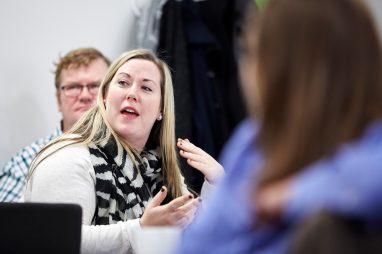Review: How To Sell Value – Demystified
If PR people define their value by WHAT they do – rather than WHY they do it – achieve a business outcome – then they will have little defence against clients replacing them with tools like ChatGPT.
The author knows there are obstacles to making the change from time- to value-based billing, and he provides answers to many of the questions you may have.




